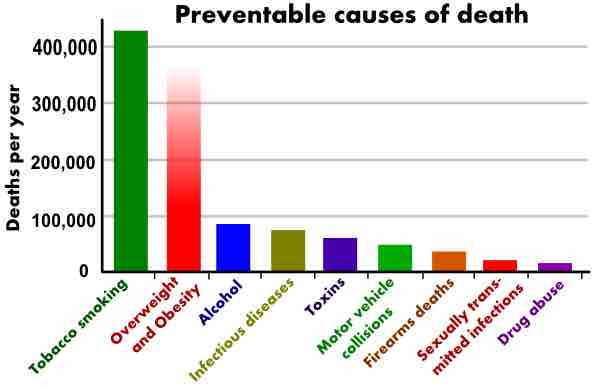Preventive medicine, or preventive care, refers to measures taken to prevent diseases, rather than curing them or treating their symptoms. The term contrasts in method with curative and palliative medicine, and in scope with public health methods, which work at the level of population health rather than individual health. Simple examples of preventive medicine include hand washing, breastfeeding, and immunizations. Preventive care may include examinations and screening tests tailored to an individual's age, health, and family history. For example, a person with a family history of certain cancers or other diseases would begin screening at an earlier age and/or more frequently than those with no such family history.
Professionals involved in the public health aspect of this practice may be involved in entomology, pest control, and public health inspections. Public health inspections can include recreational waters, swimming pools, beaches, food preparation and serving, and industrial hygiene inspections and surveys.
Since preventive medicine deals with healthy individuals or populations, the costs and potential harms from interventions need even more careful examination than in treatment. For an intervention to be applied widely it generally needs to be affordable and highly cost effective. For instance, intrauterine devices (IUD) are highly effective and highly cost effective contraceptives, however where universal health care is not available the initial cost may be a barrier. Preventive solutions may be less profitable and therefore less attractive to makers and marketers of pharmaceuticals and medical devices. Birth control pills, which are taken every day and may take in a thousand dollars over ten years, may generate more profits than an IUD, which despite a huge initial markup only generates a few hundred dollars over the same period.

Leading Preventable Causes of Death in the United States.
This data is outdated and was in fact significantly revised in subsequent reports of the leading causes of deaths, especially for obesity-related diseases.